
Resulta bastante sorprendente cuando ves las fotografías históricas de trabajo infantil, como las capturadas por el legendario fotógrafo Lewis Hine.
Lo que parece verse como un grupo de niños felices en una granja es en realidad un grupo de trabajadores menores de edad que abren ostras durante casi ocho horas al día antes y después del horario escolar, hace casi un siglo. Más abajo, los niños trabajan en grupos o de forma individual en el embalaje de las plantas, en minas y molinos, en los primeros años del siglo 20.
La mayoría de los niños que trabajaban en estos lugares fueron traídos por los empleadores de sus padres; el padre trabajaría en los puestos de trabajo más exigentes, mientras que la madre y los niños se asignarían a tareas más ligeras.
Como se puede ver en estas fotos, la definición de una tarea ligera incluía trabajar largas horas haciendo trabajos de esfuerzo físico en ambientes peligrosos. Hay muchas historias de estos niños con problemas físicos en su edad adulta como resultado del intenso trabajo que hicieron cuando fueron más jóvenes.
Lewis Hine estuvo en diferentes fábricas, minas y plantaciones en muchos estados para documentar estos niños trabajadores. Es un verdadero testamento a su habilidad y determinación que fuese capaz de capturar tantas emocionantes imágenes aún a riesgo de su propia vida, la presencia de un fotógrafo con el objetivo de exponer a estos niños explotados habría sido una posibilidad indeseable para estas empresas, por decir lo menos.
Hoy en día, Lewis Hine es recordado por ayudar a cambiar las condiciones de trabajo de todo el mundo a través de América por medio de sus inquebrantables fotografías. NCLC hace honor a su nombre a través de los Premios Lewis Hine, que reconocen a aquellos que han ayudado a niños y jóvenes.
//
It results quite striking when you see the historic photographs of child labor as captured by the legendary photographer Lewis Hine.
What seems to look like a band of happy children on a farm is actually a group of under-aged workers who shucked oysters for almost eight hours a day before and after school hours nearly a full century ago. Below, children work in groups or individually in packing plants, mines and mills in the early years of the 20th century.
Most of the children who worked in these places were brought in by their parents’ employers; the father would work at the more demanding jobs while the mother and kids would be assigned lighter tasks.
As you can see in these pictures, the definition of a light task included working long hours doing physically taxing jobs in hazardous environments. There are many stories of these kids having physical ailments in their adulthood as a result of the grueling work they did when they were younger.
Lewis Hine set out to different factories, mines, and plants in many states to document these child workers. It is truly a testament to his skill and determination that he was able to capture so many moving images at the risk of his own life; the presence of a photographer with the aim of exposing these exploited children would have been an unwelcome prospect for these companies, to say the least.
Today, Lewis Hine is remembered for helping change the working conditions of everyone across America through his unflinching photographs. Then NCLC honors his name through the Lewis Hine Awards which recognizes those who have helped children and the youth.
(via: http://reelfoto.blogspot.com.es/)

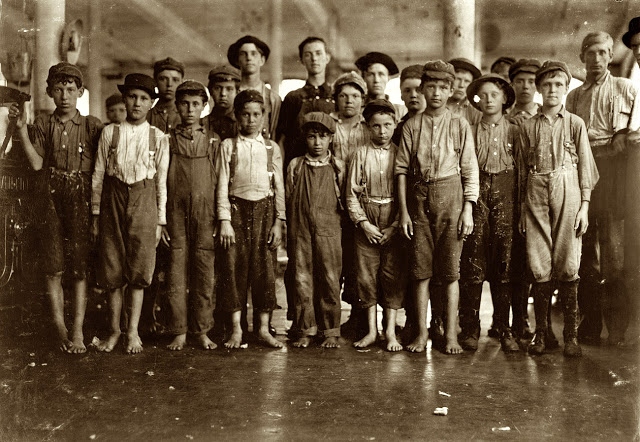

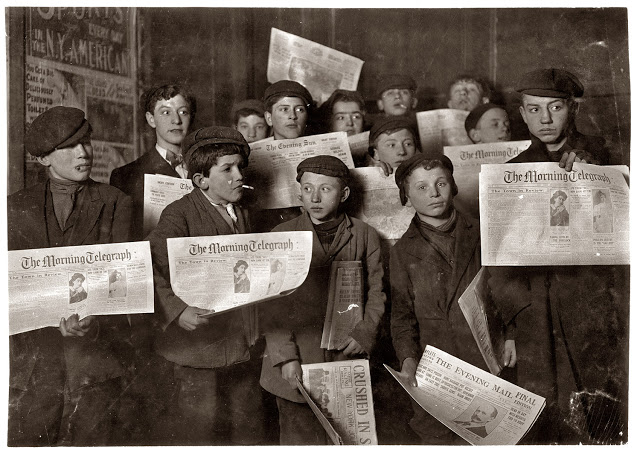
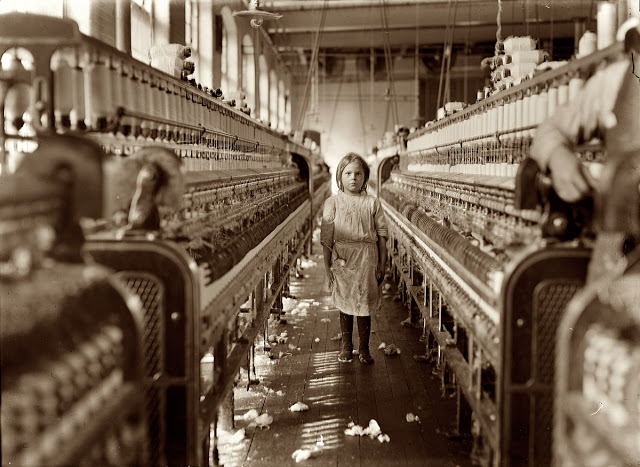
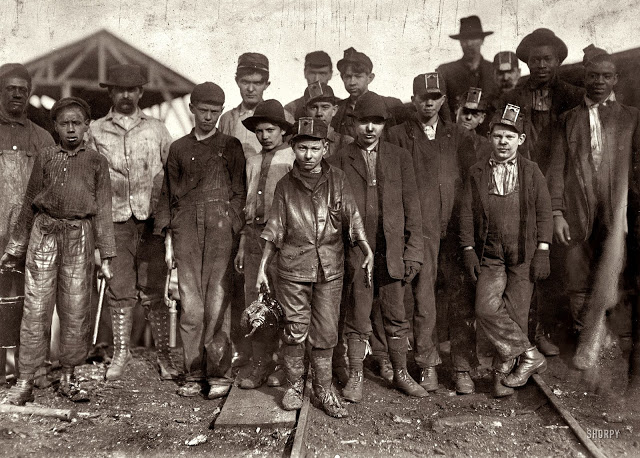
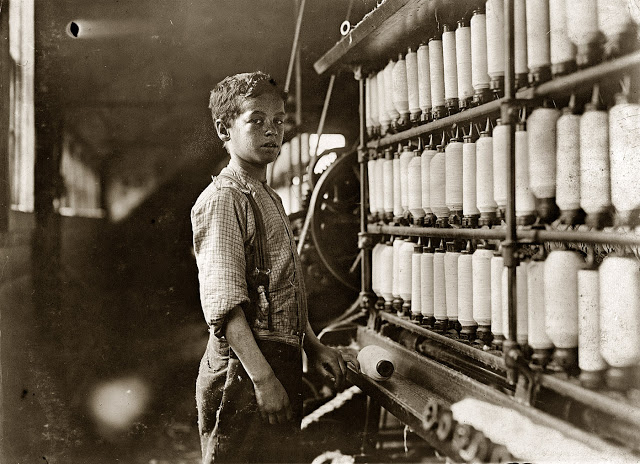
Filed under: fotografia, fotografos, Lewis Hine
